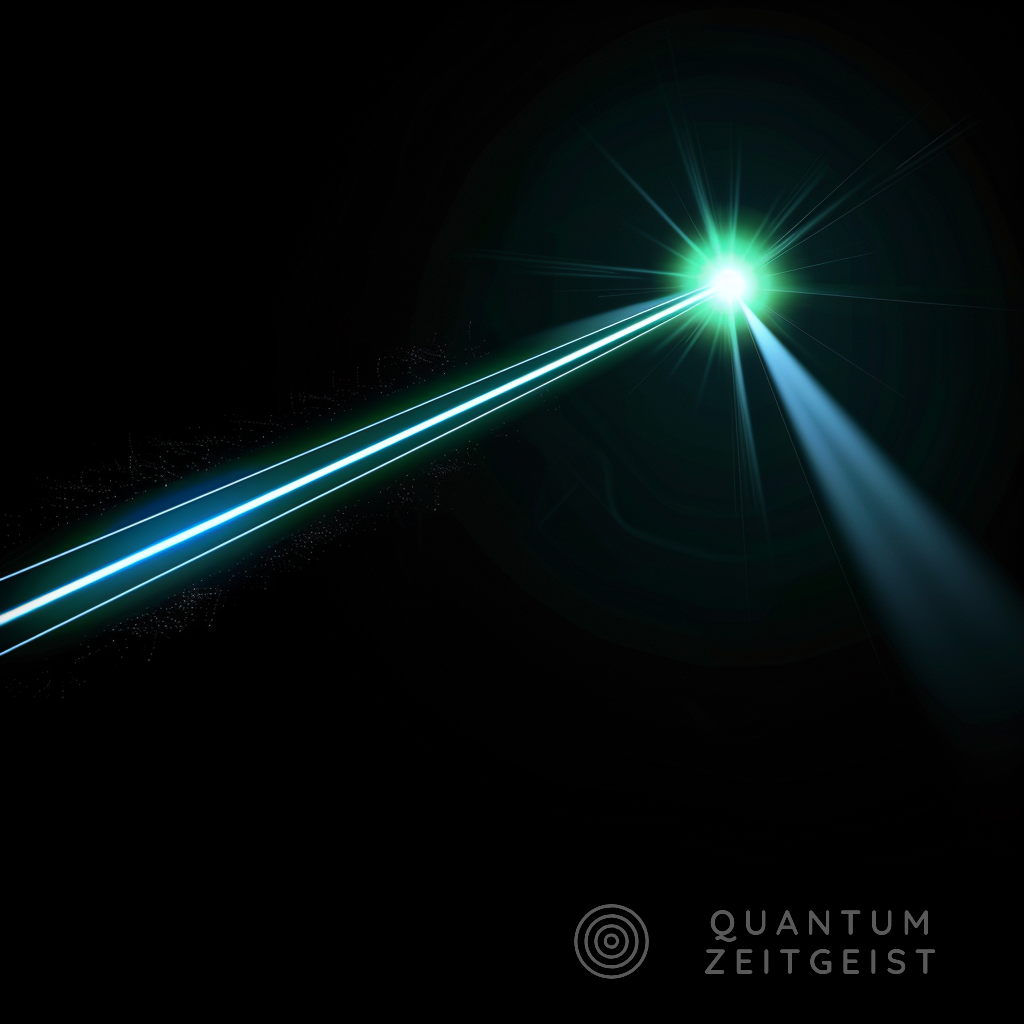The frequency noise of lasers significantly influences quantum sensors’ sensitivity. Current methods to suppress this noise, such as locking the laser to an atomic transition or an ultralow thermal expansion (ULE) glass cavity, have limitations. A new method, which involves locking the laser to both the atomic transition and a low-cost LC cavity, can achieve the same performance as the ULE cavity method. This approach enhances the performance of quantum sensors and reduces their size, weight, power, and cost, thereby promoting their practical application.
What is the Importance of Laser Frequency Noise in Quantum Sensors?
Quantum sensors exploit quantum correlations, such as quantum entanglement, to achieve sensitivities or resolutions beyond what is possible with classical systems. Laser frequency noise is crucial to these quantum sensors’ sensitivity. Two commonly used methods to suppress the laser’s frequency noise are locking the laser to an atomic transition by the lock-in technique or to an ultralow thermal expansion (ULE) glass cavity by the Pound-Drever-Hall (PDH) technique.
The first method, locking the laser to an atomic transition, cannot suppress rapidly changing frequency noise and hardly meets the needs of quantum sensors. The second method, locking the laser to a ULE glass cavity, has powerful performance but is costly. The lack of high-performance and low-cost laser noise suppression methods dramatically limits the practical application of quantum sensors.
How Can the Limitations of Current Laser Noise Suppression Methods be Overcome?
Locking the laser to both the atomic transition and a low-cost LC cavity can overcome the limitations of the current laser noise suppression methods. This method can achieve the same performance as locking to the ULE cavity. This work is significant in promoting the practical application of quantum sensors.
The laser system first locks the laser to a low-cost cavity (LCFPI) through the Pound-Drever-Hall (PDH) technique. The LC cavity has significant noise at low frequencies due to the influence of temperature changes, air refractive index changes, and vibration. However, these noises decrease rapidly as frequency increases, thus the LC cavity will soon have frequency noise that is lower than the noise of the laser itself.
What is the Role of the LC Cavity in Laser Noise Suppression?
The LC cavity plays a crucial role in laser noise suppression. The sizeable frequency noise at the low Fourier frequencies of the LC cavity will be transmitted to the laser, which may even cause noise more significant than the noise of the laser itself. To overcome this problem, the laser locked to the LC cavity is injected into a saturated absorption spectrum module to generate an error signal, and the feedback is injected into the LC cavity’s piezoelectric ceramic (PZT) to lock the LC cavity mode to the atomic transition.
This method effectively suppresses the low-frequency noise of the LC cavity and thus the laser. Reducing laser noise by cascade locking to an LC cavity and atomic transition has long been achieved but needs a detailed performance characterization. This work shows that this approach can achieve the same performance in many applications as locking the laser to a ULE cavity.
How Does the New Laser Noise Suppression Method Work?
The new laser noise suppression method works by first locking the laser to a low-cost cavity (LCFPI) through the Pound-Drever-Hall (PDH) technique. The LC cavity has significant noise at low frequencies due to the influence of temperature changes, air refractive index changes, and vibration. However, these noises decrease rapidly as frequency increases, thus the LC cavity will soon have frequency noise that is lower than the noise of the laser itself.
The laser locked to the LC cavity is then injected into a saturated absorption spectrum module to generate an error signal, and the feedback is injected into the LC cavity’s piezoelectric ceramic (PZT) to lock the LC cavity mode to the atomic transition. This method effectively suppresses the low-frequency noise of the LC cavity and, thus, the laser.
What are the Implications of this Research?
The implications of this research are significant for the practical application of quantum sensors. The lack of high-performance and low-cost laser noise suppression methods has been a significant limitation for the practical application of quantum sensors. This work demonstrates that the same performance as locking to the ULE cavity can be achieved by locking the laser to both the atomic transition and a low-cost LC cavity.
This method improves the performance of quantum sensors and reduces their size, weight, power, and cost (SWaPC), which is also critical in these applications. This work is a significant step forward in promoting the practical application of quantum sensors.
Publication details: “Practical ultra-low frequency noise laser system for quantum sensors”
Publication Date: 2024-03-18
Authors: Shaowu Xue, Mingyong Jing, Hao Zhang, Linjie Zhang, et al.
Source: arXiv (Cornell University)
DOI: https://doi.org/10.48550/arxiv.2403.12405

